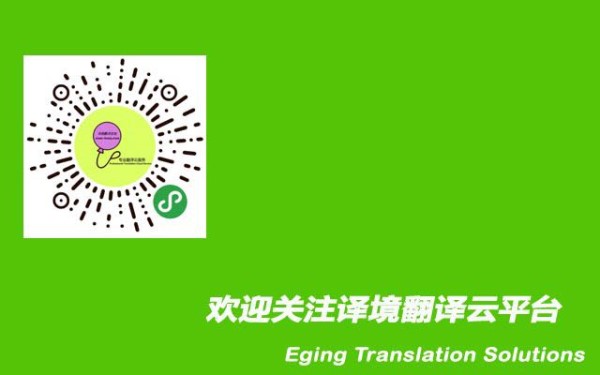Social media now plays a large part of a brand’s digital marketing strategy. Regardless of the sector, service or audience, it’s expected for a company to at least have a presence on social media sites. So when it comes to localising your digital marketing, where does social media fit in?
Translating your social media won’t be for everyone, but if your brand has an established presence in foreign markets, and your audience use social media avidly, it’s a no-brainer. So where do you start? Do you translate every single tweet or Facebook post? As with any localisation project, the key is to be strategic – choose content, languages and social sites that are relevant to your business and audience. It’s worth conducting some local market research, for example, in China due to censorship requirements, QQ, Wechat and Renren are favoured over the traditional Western networks such as Facebook and Twitter.
Social media language
Social media is changing the way we speak and communicate. Not only are new words being created, we’re also repurposing existing words. Most of the popular social media sites originated in the U.S., so the majority of the jargon and terminology are in English, but due to the use of language in social media, most of these words don’t necessarily have equivalents in other languages. In other European languages, on Facebook a button shows “I like”, rather than “like”. Or think about the verb “to tweet” – most languages will have an equivalent, but this relates to a bird’s tweet, not a Twitter post. A literal translation of these phrases won’t carry the same meaning or significance as the English version does.
If language on social media wasn’t difficult enough, there’s been a huge growth in ‘text-speak’, using acronyms to shorten a phrase to just a few letters, such as “OMG” (oh my god). In French, you’ll find “MDR” (mort de rire) instead of “LOL”, which translates as “dying of laughter”.
The emergence of emojis
Shorthand writing is now taking another form – emojis. Back in 2015, ‘emoji’ was announced as the fastest growing language. Opinions on emojis differ – some believe this trend is limiting the creativity of the written language, others believe the opposite.
Brands are using emojis in new and entertaining ways, and rather than simply replacing the written word, are they are enhancing and elevating it to new diverse levels? Incorporating emojis into digital marketing, including social media and email marketing, can have a positive impact as brands understand that most of their consumers interact with them on a smartphone, and regularly use emojis when communicating with their friends and family, so they’re likely to engage more.
Another argument from the pro-emoji camp is the universal language they portray, making phrases understandable across countries. Emojis originated in Japan (‘e’ meaning ‘picture’ and ‘moji’ meaning ‘letter’) but have been widely adopted by UK and US audiences.
That doesn’t mean that emojis are an appropriate replacement for professional translation though!
Beware of cultural sensitivities – what you may think acceptable or humorous in your country could be offensive or distasteful in another. Symbols and gestures can present problems in other cultures. For example, in Africa and the Middle East, the ‘thumbs up’ signal can be seen as rude.
Techniques for creative translation
When it comes to translation, one size doesn’t fit all, so it’s important to tailor your approach to make it appropriate for your audience.
When translating technical content or engineering manuals, accuracy is of the utmost importance, however with social media content the end goal is to ensure your message sounds right and resonate swith your audience, so a more ‘creative translation’ approach is required – transcreation.
Using native translators means that your message will sound natural in the target language, as native speakers are aware of cultural and grammatical nuances. Social media is usually regarded as a personal channel, so using poor translation techniques that render your message incomprehensible will not earn you any likes, retweets or follows. It’s likely that it will even put people off your brand.





